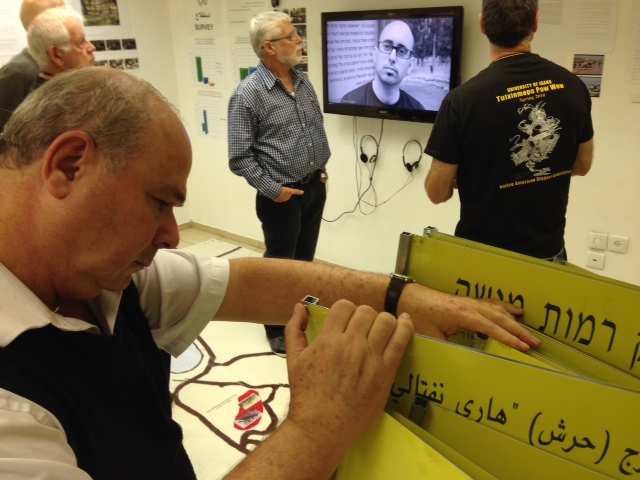Info
District: Jenin
Population 1948: 660
Occupation date: 30/05/1948
Occupying unit: Fourth Battalion of the Golani Brigade
Jewish settlements on village/town land before 1948: None
Background:
The village was located 9 kilometers northeast of Jenin, built on both sides of a shallow wadi. The Haifa-Samakh railway-line passed northeast of the village. It was linked by dirt roads to the villages of Zir'in and Al-Mazar There were several springs north of Nuris, most importantly 'Ayn Jalut (or Jalud), which was one of the largest springs in Palestine.
Well before Nuris was occupied, on 18 March, an Arab Liberation Army (ALA) commander cabled headquarters that the « battle of Nuris ended today with the intervention of the British Army. » ALA forces were reported to be in control of the area surrounding the village and the hills to the north. Due to many losses on Haganah's side, the British troops « encouraged the Jews to go back to thier colony. » The village was attacked again on 29-30 May 1948, and its resident are reported by Israeli historian Benny Morris to have been expelled.The History of the War of Independence states that the unit responsible for the attack was the Fourth Battalion of the Golani Brigade, which had earlier participated in the occupation of the Baysan Valley to the northeast, and was preparing to assist in the occupation of Jenin. Around six weeks later, the Associated Press (AP) reported that Iraqi army units and Palestinian irregulars managed to drive Israeli forces out of Nuris, as well as six nearby villages. « Arab foot soldiers, supported by armored cars, artillery and mortars, stormed accross an open plain north of Jenin to drive Israeli troops » from the village, according to the AP report. Some of the villages eventually remained in Arab hands, but it is not clear how Nuris was later reoccupied.
In 1950, the settlement of Nurit was established on village land, northwest of the village site. This site, overgrown with pine and oak trees, is strewn with piles of stone. Part of the surrounding land is fenced and is used as a grazing area, while another part is cultivated.Cactuses and olive and fig trees grow near the site.



